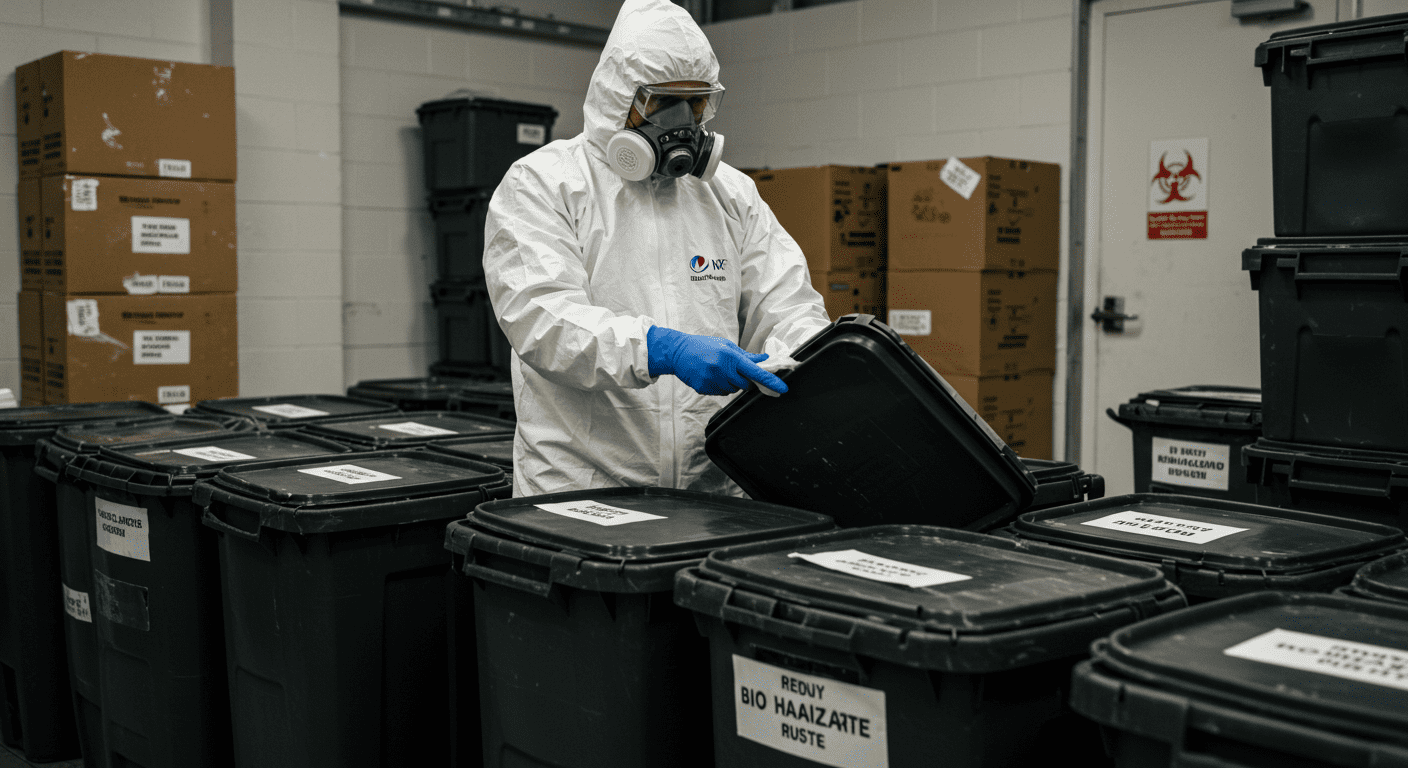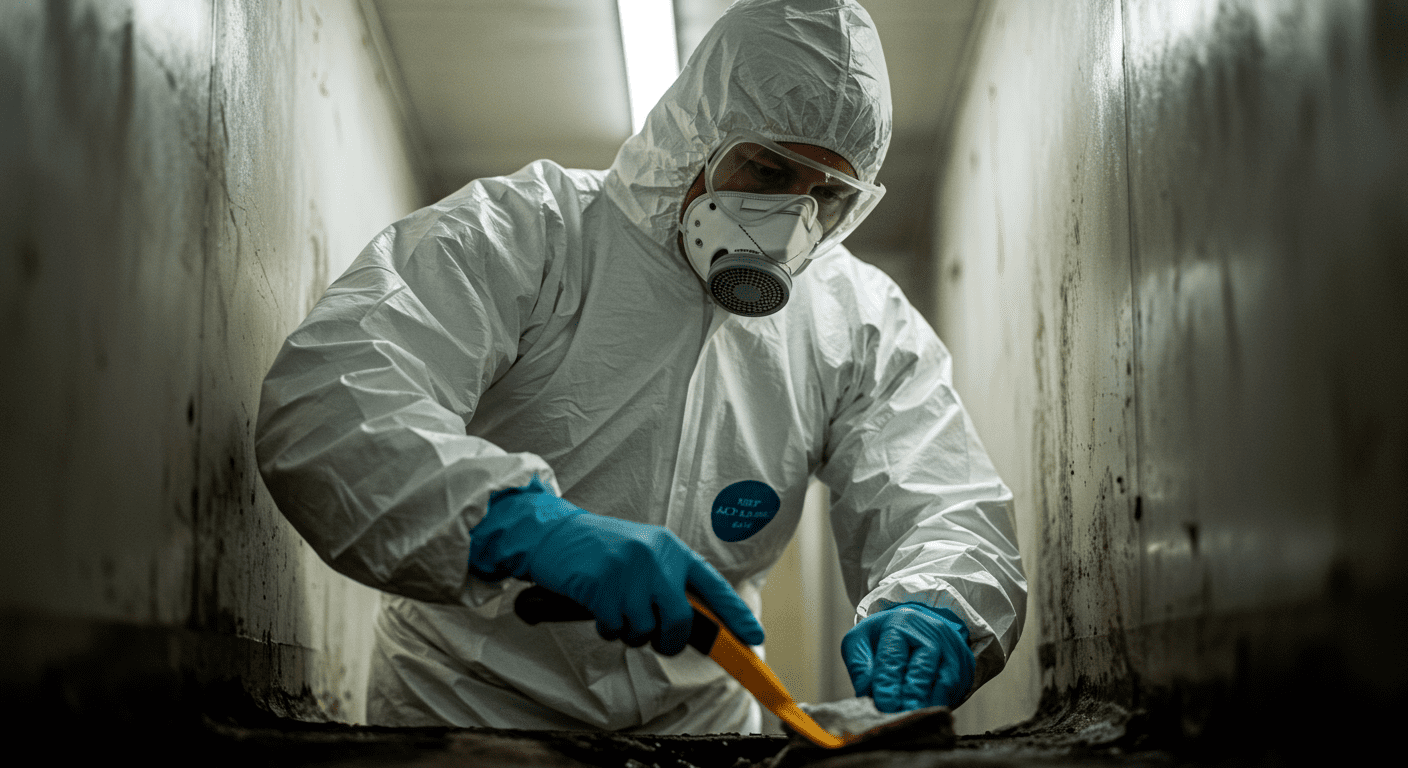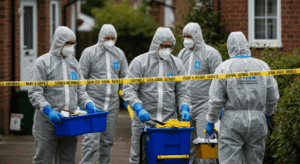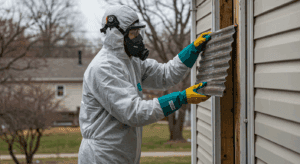Biohazard cleanup is a critical task that requires strict adherence to safety protocols to protect workers and the environment. The Occupational Safety and Health Administration (OSHA) has established comprehensive regulations to ensure the safety of workers involved in biohazard remediation. This guide explores OSHA regulations for biohazard cleanup, key standards, best practices, and essential training measures to maintain compliance and safety.
Understanding OSHA Regulations for Biohazard Cleanup
Overview of OSHA’s Role in Workplace Safety
OSHA plays a pivotal role in ensuring workplace safety across various industries, including biohazard cleanup. The agency establishes guidelines to minimize risks associated with exposure to hazardous materials, such as bloodborne pathogens and other biohazards. By enforcing these regulations, OSHA aims to protect workers from potential health risks and ensure a safe working environment.
Importance of Compliance with OSHA Standards
Compliance with OSHA standards is not just a legal obligation but also a moral responsibility for employers. Adhering to these regulations helps prevent workplace accidents, reduces liability, and fosters a culture of safety. Non-compliance can result in hefty fines, legal consequences, and reputational damage, making it imperative for organizations to prioritize OSHA compliance.
Key OSHA Standards Relevant to Biohazard Cleanup
Bloodborne Pathogens Standard (29 CFR 1910.1030)
The Bloodborne Pathogens Standard is one of the most critical OSHA regulations for biohazard cleanup. It outlines measures to protect workers from exposure to infectious agents found in blood and other bodily fluids. Key requirements include:
- Developing an Exposure Control Plan (ECP).
- Providing hepatitis B vaccinations to employees.
- Implementing engineering controls like sharps disposal containers.
- Training workers on safe practices and emergency procedures.
HAZWOPER Training Requirements (29 CFR 1910.120)
The Hazardous Waste Operations and Emergency Response (HAZWOPER) standard is another essential regulation for biohazard cleanup. It mandates specific training for workers handling hazardous materials to ensure they are equipped to manage risks effectively. HAZWOPER training includes:
- Initial and refresher training sessions.
- Hands-on exercises for emergency response.
- Guidelines for using personal protective equipment (PPE) and decontamination procedures.
Best Practices for Biohazard Cleanup Compliance
Developing an Exposure Control Plan
An Exposure Control Plan (ECP) is a written document that outlines the measures an organization will take to eliminate or minimize worker exposure to biohazards. The ECP should include:
- Identification of tasks that may involve exposure.
- Procedures for handling and disposing of biohazardous materials.
- Emergency response protocols for accidental exposure incidents.
Proper Waste Disposal Procedures
Proper disposal of biohazardous waste is crucial for compliance with OSHA regulations. Employers must ensure that waste is:
- Segregated into appropriate containers labeled as biohazardous.
- Stored securely to prevent accidental exposure.
- Disposed of through authorized waste management services.
For more information on professional biohazard cleanup services, visit Expert Biohazard Cleanup Services in Cheyenne, WY.
Training and Safety Measures for Biohazard Cleanup Workers
Required Training Levels for Biohazard Remediation
Training is a cornerstone of OSHA compliance for biohazard cleanup. Workers must undergo rigorous training to handle biohazards safely. This includes:
- Bloodborne pathogens training to understand risks and preventive measures.
- HAZWOPER certification for handling hazardous waste.
- Site-specific training tailored to unique workplace hazards.
Personal Protective Equipment (PPE) Guidelines
Personal protective equipment (PPE) is essential for safeguarding workers during biohazard cleanup. OSHA mandates the use of appropriate PPE, such as:
- Gloves, gowns, and face shields to prevent direct contact with biohazards.
- Respirators for protection against airborne pathogens.
- Properly fitted equipment to ensure maximum effectiveness.
For detailed guidance on essential PPE, refer to Essential Biohazard Cleanup PPE for Safe and Effective Services.

Conclusion
Adhering to OSHA regulations for biohazard cleanup is essential for ensuring worker safety, maintaining compliance, and fostering a culture of responsibility. By understanding key OSHA standards, implementing best practices, and prioritizing training and safety measures, organizations can effectively manage biohazard risks and protect their workforce. For more insights and professional services, explore Comprehensive Biohazard Cleanup Training in Cheyenne, WY.




